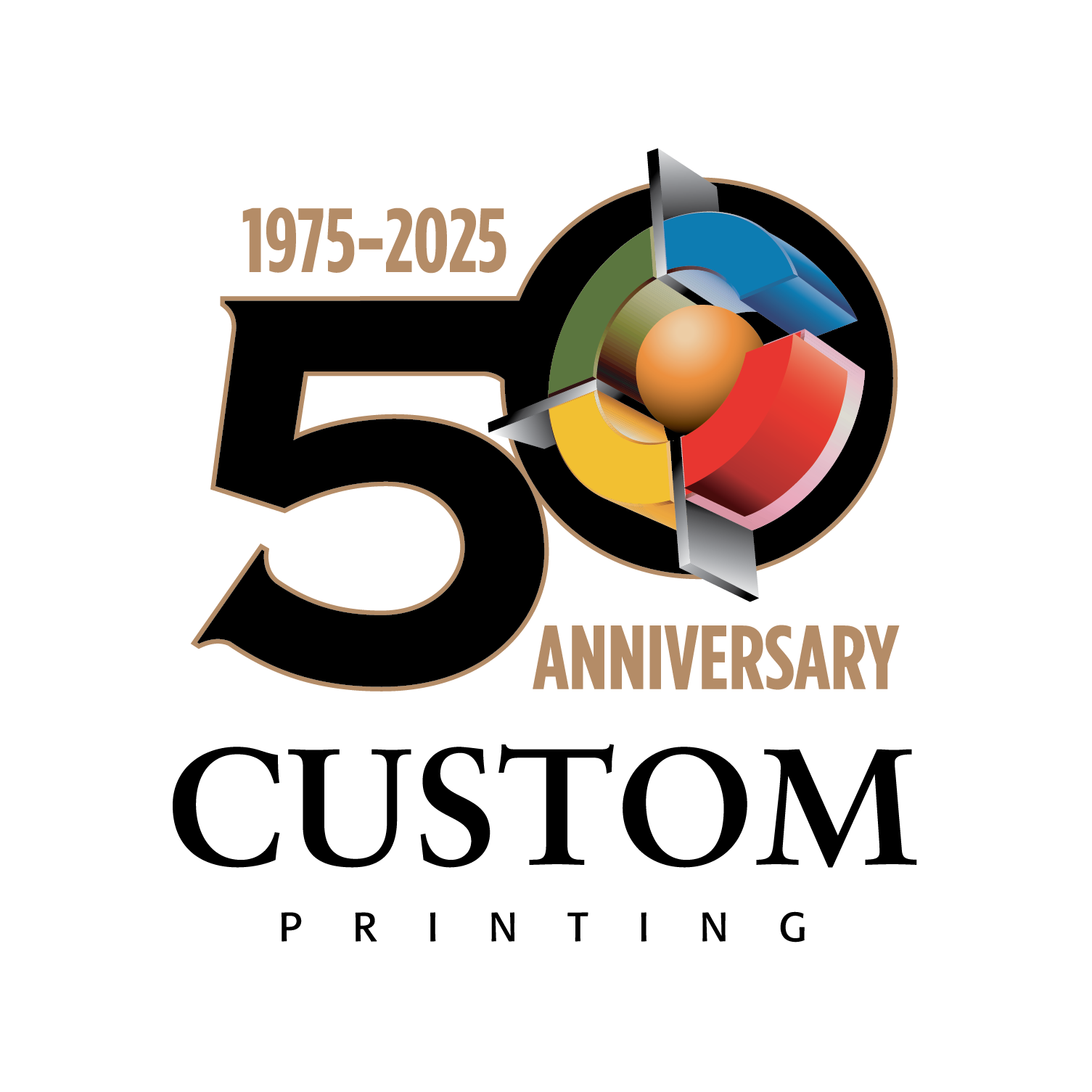Self-publishing has revolutionized the world of book writing, allowing aspiring authors to bypass traditional publishing houses and bring their work directly to readers. With the rise of digital platforms and print-on-demand services, self-publishing has become a viable and popular option. However, navigating the self-publishing process can be overwhelming for newcomers. This blog post will explore essential tips and strategies to help you self-publish your first book successfully.
1. Start with a Clear Idea and Plan
Before embarking on your self-publishing journey, having a clear vision for your book is essential. Define your target audience, genre, and purpose of the book. Craft a comprehensive outline that outlines your book’s structure, chapters, and content flow. This will help you stay focused and organized throughout the writing and publishing process.
2. Edit, Polish, Repeat
Editing and proofreading are crucial to ensure a professional final product. Don’t skimp on this step; it significantly impacts the overall quality and reader experience. Consider hiring a professional editor or enlisting the help of beta readers to gather feedback and make necessary revisions. Polish your work until it shines, eliminating typos, grammar errors, or inconsistencies.
3. Design an Eye-Catching Cover
First impressions matter, and your book’s cover plays a pivotal role in grabbing readers’ attention. Invest in a high-quality, professionally designed cover that aligns with your genre and resonates with your target audience. If you lack design skills, consider hiring a graphic designer or exploring pre-designed templates offered by self-publishing platforms.
4. Optimize Metadata
Metadata is the information that helps readers find and evaluate books online. Take the time to optimize your book’s metadata, including title, subtitle, keywords, and book description. Research popular keywords within your genre to maximize discoverability.
5. Choose the Right Publishing Platform
With numerous self-publishing platforms available, carefully assess and select the one that best aligns with your needs. Consider factors such as pricing, royalties, distribution channels, marketing tools, and ease of use. Popular platforms include Amazon Kindle Direct Publishing, Smashwords, and Lulu.
6. Format Professionally
Formatting your book is critical to ensure a seamless reading experience. Invest in professional formatting for both print and e-book versions. Pay attention to font choice, line spacing, paragraph indentations, and chapter headings. Most self-publishing platforms provide guidelines and templates to simplify the formatting process.
7. Utilize Professional Editing, Formatting, and Printing Services
While self-publishing allows authors to maintain control over the entire process, it does not mean you have to do everything yourself. Consider partnering with professionals for editing, formatting, and printing services. Custom Printing, for example, offers high-quality printing solutions for self-published authors, ensuring your book looks and feels expertly produced.
8. Leverage Pre-Publishing Buzz
Building anticipation and a loyal reader base before your book’s launch can amplify its success. Utilize social media platforms, create a website or blog, and engage with potential readers. Offer sneak peeks, behind-the-scenes content, and giveaways to generate buzz and intrigue. Encourage pre-orders, as they contribute to rankings and sales numbers upon release.
9. Invest in Marketing
Marketing is key to book sales, regardless of your publishing route. Develop a marketing plan that includes various strategies, such as social media marketing, email marketing, book reviews, blog tours, and collaborations with influencers or book clubs. Allocate a budget for online ads to reach a wider audience.
10. Utilize E-Book Promotions
E-books present an excellent opportunity to boost your book’s discoverability and sales. Take advantage of e-book promotions and price discounts offered by self-publishing platforms. Participate in promotional campaigns like Kindle Countdown Deals or Kindle Unlimited, allowing readers to access your book at a discounted or free rate for a limited time.
11. Engage with Your Readers
Build a connection with your readers by engaging with them through social media, newsletters, or blog posts. Respond to reviews, provide sneak peeks of upcoming projects, and offer valuable content related to your book’s theme. Encourage readers to leave reviews on platforms like Amazon to contribute to your book’s credibility and visibility.
Conclusion
Successfully self-publishing your first book requires a combination of passion, perseverance, and a strategic approach. By following these essential tips, you can confidently navigate the self-publishing process. Investing in professional services like editing, formatting, and printing can elevate your book’s quality and positioning. When it comes to book printing, rely on Custom Printing’s expertise and commitment to delivering top-notch printed materials for self-published authors.
Take the leap and bring your book to life through self-publishing. With careful planning, meticulous execution, and marketing savvy, you can share your story with the world and establish yourself as a published author.
Book Printing with Custom Printing
If you’re ready to self-publish your book and seek high-quality printing services, contact Custom Printing today. With our expertise and dedication to excellence, we will help bring your vision to life and create a professionally printed book that captivates readers. Whether you need hardcovers, paperbacks, or e-books, Custom Printing has the solution for all your self-publishing needs. Visit our website to get started on your self-publishing journey!


